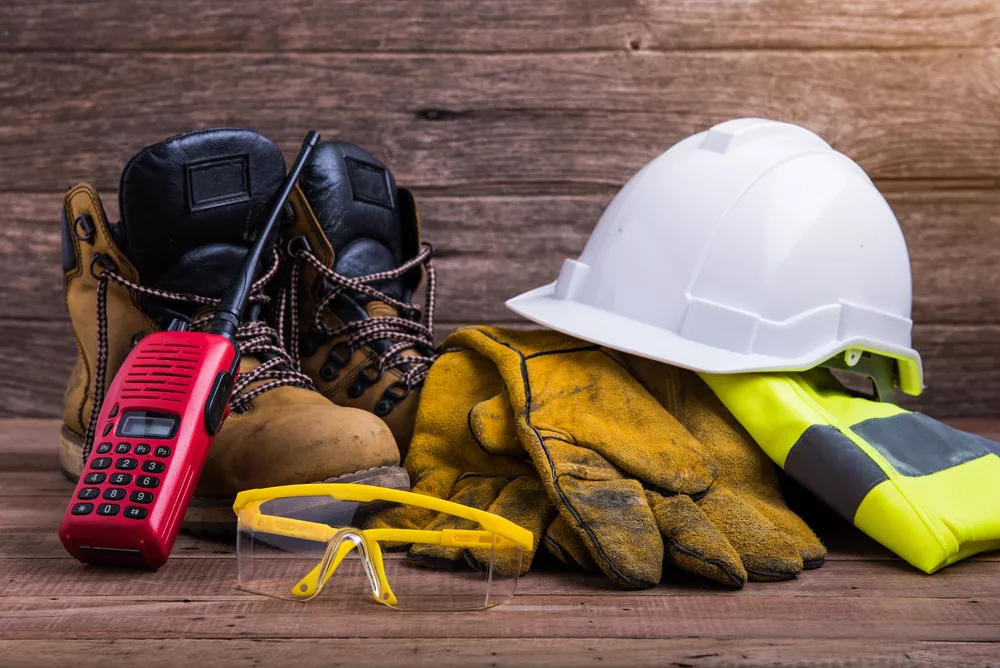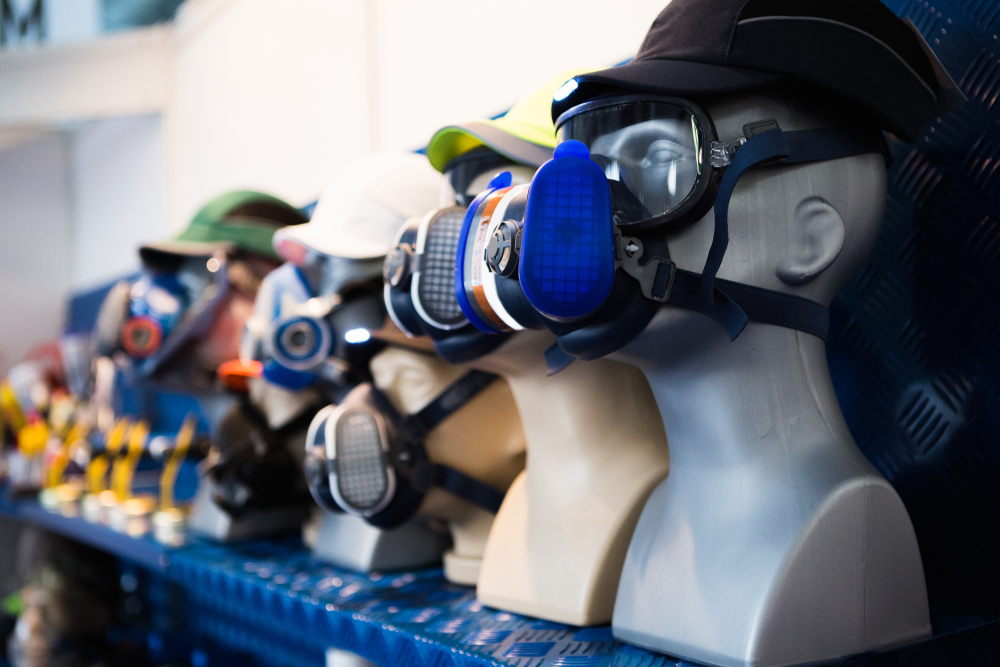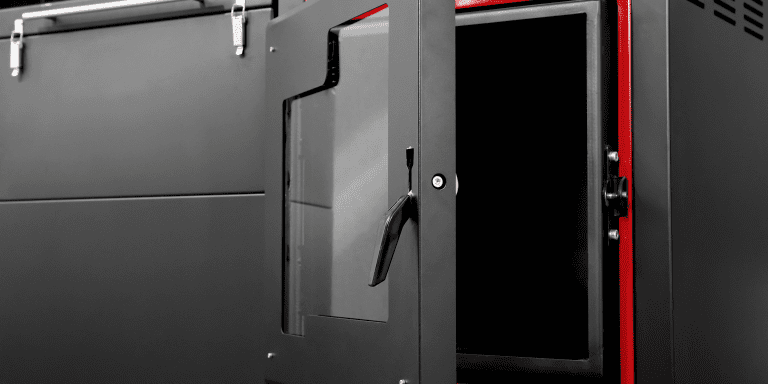
Let’s get Personal
Personal Protective Equipment and Respiratory Protective Equipment
The Health & Safety at Work etc Act 1974 and the Management of Health and Safety at Work Regulations 1999 require you to provide and maintain a safe working environment, so far as reasonably practicable.
Employers have duties concerning the provision and use of personal protective equipment (PPE) at work and this guidance from HETAS explains what you need to do to meet the requirements of the Personal Protective Equipment at Work Regulations 1992 (as amended).
PPE is equipment that will protect the user against health or safety risks at work. It can include a range of items, including safety helmets and hard hats, gloves, eye protection, high-visibility clothing, safety footwear and safety harnesses.
Hearing equipment and respiratory protective equipment (RPE) provided for most work situations are not covered by these regulations because there are more specific regulations that apply to them. This guidance also includes RPE information.
This article provides a reminder to Installers, chimney sweeps and servicing technicians on best practice when it comes to PPE and RPE, in support of the information provided in the HETAS training units and available in the HETAS Technical Hub.
What do the Regulations require when it comes to Personal Protective Equipment?
HSE guidance states that PPE should only be used as a last resort. Wherever there are risks to health and safety that cannot be adequately controlled in other ways, the Personal Protective Equipment at Work Regulations 1992 require PPR to be supplied.
When using PPE the Regulations further require that any PPE is:
- Properly assessed before use to ensure it is fit for purpose
- Maintained and stored properly
- Provided with instructions on how to use it safely
- Used correctly by employees
All construction operatives have a responsibility to safeguard themselves and others. Making provision to protect yourself often means wearing the correct protective clothing and safety equipment.
Assessing the situation
When choosing PPE consider the different hazards you might encounter and how the equipment will provide protection against them. This could be different for each job, so you should risk assess each working scenario.
Some points to consider:
- Does the PPE protect from the risks and take into account environmental conditions where the work is taking place?
- Can it be adjusted to fit the user correctly?
- Does using PPE increase the overall level of risk – eg can equipment be used safely
- When wearing more than one item, are they compatible – will using a respirator make it difficult to fit eye protection?
You should ask yourself the following questions:
- Who is exposed and to what?
- How long are they exposed for?
- How much are they exposed to?
Ensure that any PPE you chose to purchase is ‘CE’ marked and complies with the requirements of the Personal Protective Equipment at Work Regulations 1992. The CE mark identifies that the equipment satisfies basic safety requirements for use.
Typical Personal Protective Equipment
There is a wide range of PPE on the market, some typical equipment used in our industry are as follows. Respiratory protective equipment is covered separately in this article.
Safety helmets
Look for a Safety helmets approved to BS EN 397
Safety footwear
Boots with steel toecaps EN 20345 (200 joules) and steel midsole for underneath protection is a mandatory requirement on construction sites
Overalls and workwear
High-visibility jackets and vests are now a mandatory requirement for all construction site workers. Consider the appropriate clothing for the work you are undertaking, protective kneepad provision for fitters, is the clothing flame retardant? For sweeps, wear overalls/suits to protect skin that may come into contact with soot. Barrier creams are unreliable and are no substitute for proper PPE, but can be used in support of PPE.
Eye protection
Eye protection is a requirement by law under Regulation 4 of the Personal Protective Equipment at Work Regulations 1992 when working in a hazardous area. A range of protection available, including goggles, visors, spectacles, face screens and fixed shields. All eye protection should be CE approved to the relevant standard, including EN 166 and EN 172.
Gloves
The type of glove required depends on the type of work. Your hands are vulnerable to a wide range of hazards, such as cuts, blows, chemical attack and temperature extremes, making it vital to choose the right gloves. Some standards to consider when choosing gloves:
- EN 388 – Protective gloves against mechanical risks (cut protection)
- EN 407 – Protective gloves against thermal risks (heat and/or fire)
- EN374 – Protective gloves against chemicals and micro-organisms
- Hearing protection
The noise level at which employers must make a risk assessment and provide information and training is 80 decibels. There is also an upper noise limit of 87 decibels (taking into account hearing protection), above which workers should not be exposed. There are several standards for the range of hearing protection, including ear defenders and earplugs.
Respiratory Protective Equipment (RPE)

The main regulations covering the provision and use of RPE are:
- The Control of Substances Hazardous to Health (COSHH) Regulations 2002 (as amended)
- The Control of Lead at Work Regulations 2002
- The Control of Asbestos Regulations 2012
- The Ionising Radiation Regulations 1999
- The Confined Spaces Regulations 1997
- Personal Protective Equipment at Work Regulations 1992 (as amended)
The HSE has a comprehensive practical guide on respiratory protective equipment at work, HSG53. Anyone using RPE should be using this guide prior to selecting and using any equipment.
Guidance states that you will require RPE that is adequate and suitable to ensure the wearer is protected. This means:
Adequate – it is right for the hazard and reduces exposure to the level required the wearer’s health
Suitable – it is right for the wearer, task and environment, such that the wearer can work freely and without additional risks due to the RPE.
There is an array of respirators available on the market, including:
- Disposable half mask – particle filter
- Reusable half mask – particle filter
- Reusable half mask – gas vapour filter
- Full face mask – particle filter
- Full face mask – gas/vapour filter
- Powered mask
- Powered hoods/helmet
Breathing apparatus such as demand valve, fresh air hose and constant flow airline are available should they be required.
Additionally, the Healthy Working Lives website provides a RPE selector tool, a comprehensive step-by-step assessment on your working environment and risks. Click here to use the RPE Selector Tool.
Training
Make sure anyone using PPE and RPE is aware of why it is needed, when to use it and repair or replace. All people involved in the selection, use, storage and maintenance of equipment require training. An appropriate training schedule could cover a number of points, including (but not limited to) why it is needed, the hazards and risks, how it works, how to wear and check the equipment, maintenance schedules, reporting problems and use/misuse.
Maintenance
Regular maintenance is a requirement of all PPE/RPE, with the exception of disposable (single use) equipment. Maintenance should be undertaken by properly trained personnel on a monthly basis (or a maximum of three months if equipment is only used occasionally, in which case an examination and test should take place prior to each use).
Always follow the manufacturer’s instructions for maintenance and keep records (HSG53 has an example record sheet). Such records must be kept for at least five years.
British Safety Industry Federation Videos
The British Safety Industry Federation in partnership with HSE produced some videos to raise awareness of the importance of RPE.
Remember………. a safe workplace is crucial and ensuring you have the correct safety procedures and policies covering all aspects of your work can create a great work environment that is safe and productive not only for you and your employees but also your customers in the vicinity
Further Information
HETAS Technical Hub (login required)
HSE Health and Safety made simple guide
HSE Glove Selection Memory Aid


